There are few areas of modern life that our society obsesses over more than that of romantic love, but it wasn’t always that way. PBS’s A Very British Romance takes a whimsical and academic look at the evolution of coupling and the invention of romantic rituals and customs still in use today. Episode one aired Sunday night, covering the Georgian Era and its subtle but rapid turn from partnerships based on “sense” to those based on (you guessed it) “sensibility.”
Here are a few highlights of mine from the first episode with an emphasis on the physical artifacts that narrator Lucy Worsley highlights in her exploration of the age when “romance changed from a culture where courtship was controlled to one where the romantic possibilities seemed endless.”
Letter writing manuals
Deciding who to marry in Georgian times was not a personal decision but rather one that involved a lot of different people poking their nose in. This is clearly illustrated in the many letter-writing manuals published during this time and for many decades after. Essentially guides to good behavior, they provided examples of not just what to write in letters, but also how to go about handling certain matters.
The manual featured on the show is titled Letters Written To and For Particular Friends, on the Most Important Occasions, Directing Not Only the Requisite Style and Forms to be Observed in Writing Familiar Letters; but How to Think and Act Fuftly and Prudently in the Following Concerns (now that’s a mouthful!). The book demonstrates just how acceptable it was for others to weigh in on the romantic lives of others, with over 50% of the letters in the particular manual highlighted in this episode pertaining to courtship, and not just one’s own. One letter is titled “To a Gentleman of Fortune, Dissuading Him From a Second Marriage to a Lady Much Younger Than Himself.” Another, “From a Father Encouraging a Daughter to Accepting an Offer of Marriage.”
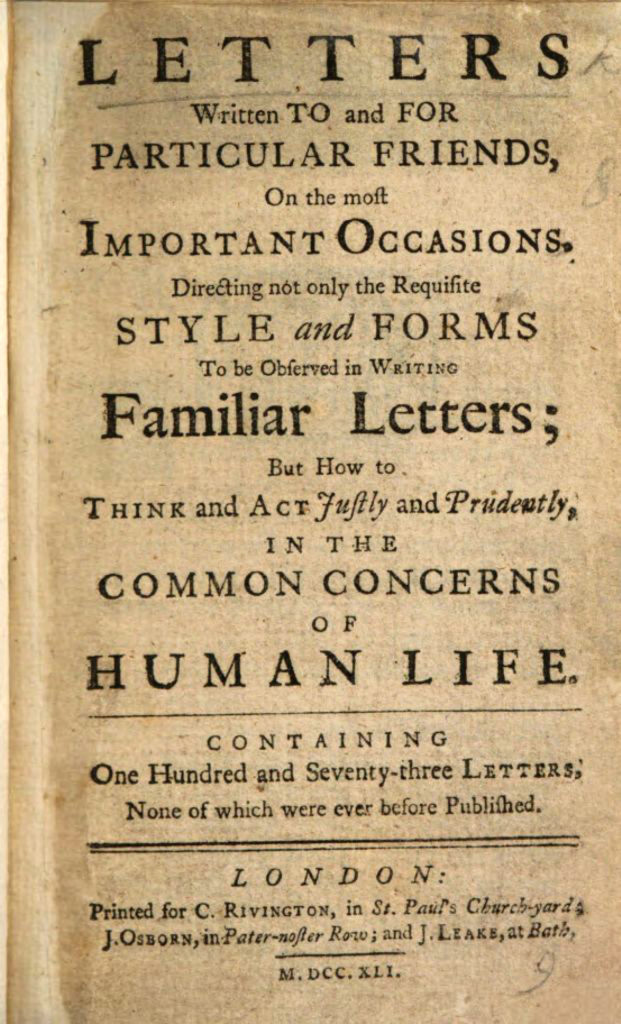
While published anonymously, this particular manual was authored by Samual Richardson, the “Fairy Godfather of British Romance,” and a favorite author of Jane Austen. More of Richardson’s work in highlights throughout episode one.
Georgian Jealousy Glass
With more young people interested in romance came more demand for opportunities to socialize and with that an entire industry of related products. If you were an individual of means in Georgian England you may have found yourself vacationing in Bath and attending a ball at one of the city’s assembly rooms. If you really wanted to get your flirt on, you would come bearing Georgian Jealousy Glasses; delicate binoculars that allowed you to not only look to the other side of the ballroom but also over your shoulder. This may permit you to catch your lover flirting with another or to send a provocative message to him or her that you were keeping an eye on them. As Wosley points out, some people rather enjoyed being spied on.
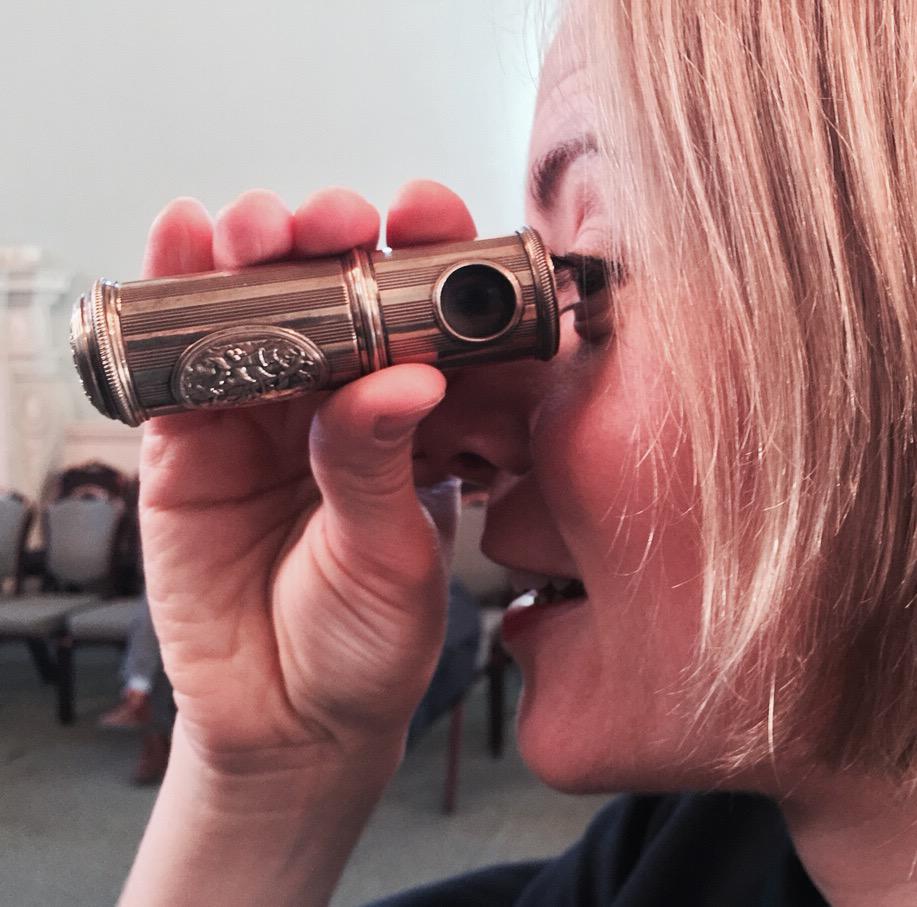
Eye Portraits
My favorite new bit of knowledge taken from episode one of A Very British Romance was that of eye portraits. Worn as lockets or carried in pockets, eye portraits were miniatures exchanged in the late 18th century that featured an image of just a lover’s eye. I have GOT to get my hands on some of these!
Eye portraits were meant to be quite an intimate token of love, as only an individual who had spent a lot of time looking into the eyes of the one featured would know to whom the eyes belonged. It was also a fun way to tease your friends by showing them the locket and making them guess who the object of your affection was.
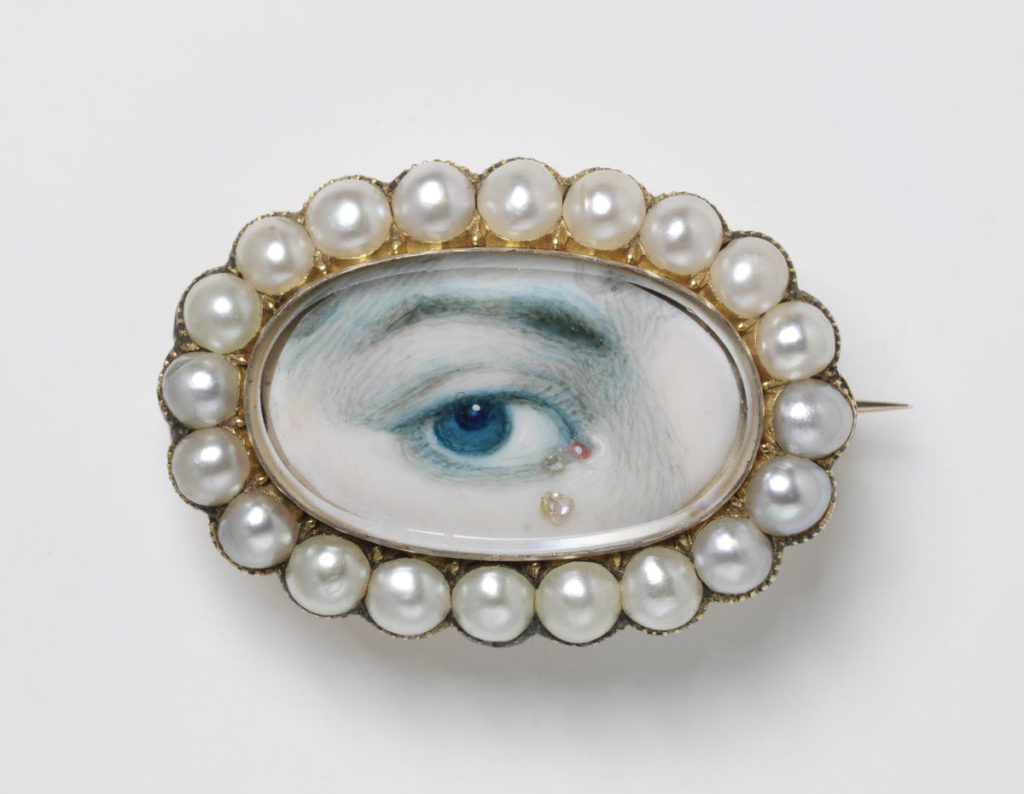
Gretna Green
Another fun fact about 18th-century romance that I wasn’t well aware of is the Las Vegas of Georgian Britain, Gretna Green. Located just across the Scotland border, Gretna Green was the place where young couples would defy parental authority or social custom and obtain a legal marriage, as the laws were more relaxed in Scotland. Remarkably, in England laws had recently been passed mandating the legal age for marriage without parental consent to be 21, while in Scotland no such laws existed. English law also stipulated that marriages be performed in a church, while young couples who had made their way to Gretna Green could be married in a barn with only two witnesses (and many did).
A Worsley examines, as romance and passion became more commonplace and young couples began to change the face of marriage forever, an entire industry was formed to accommodate headstrong couples heading to Gretna Green. Blacksmiths jumped on the bandwagon becoming “self-styled priests” who provided “a one-stop-shop for all your marriage needs.” The blacksmiths would officiate the marriage, provide a location for an after-party, and a room for the wedding night and would thus “forge lovers together just as easy as he did two pieces of metal.”
Who knew??
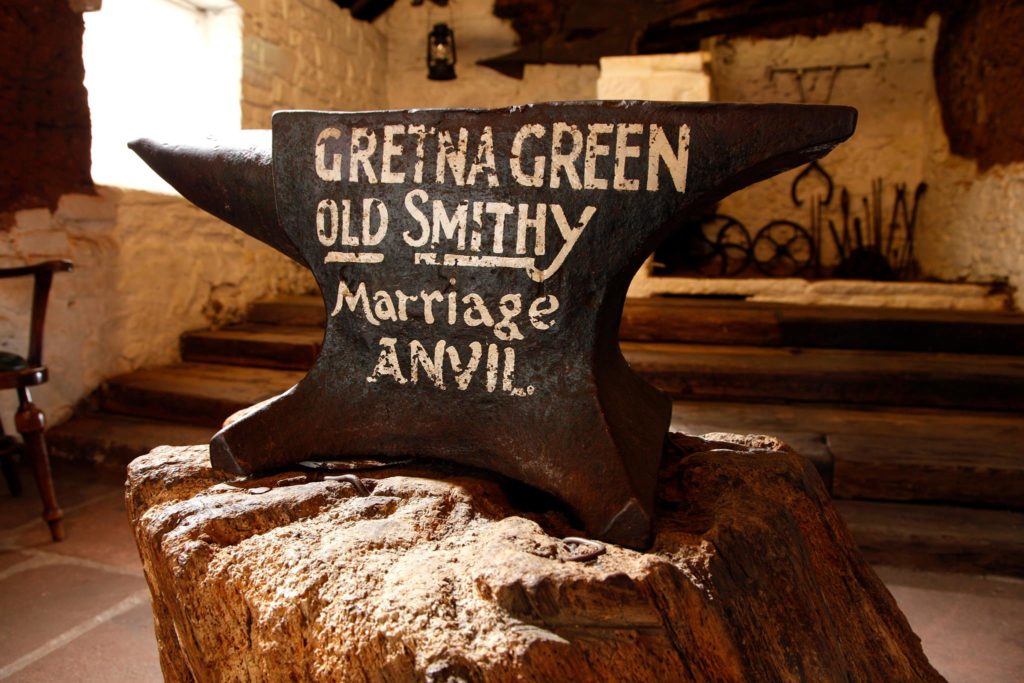
Episode two of A Very British Romance airs this Sunday, February 16th, just in time to wean viewers off slowly from all the Valentine’s Day fanfare. The episode will take a look at love in the Victorian Era — I can’t wait!

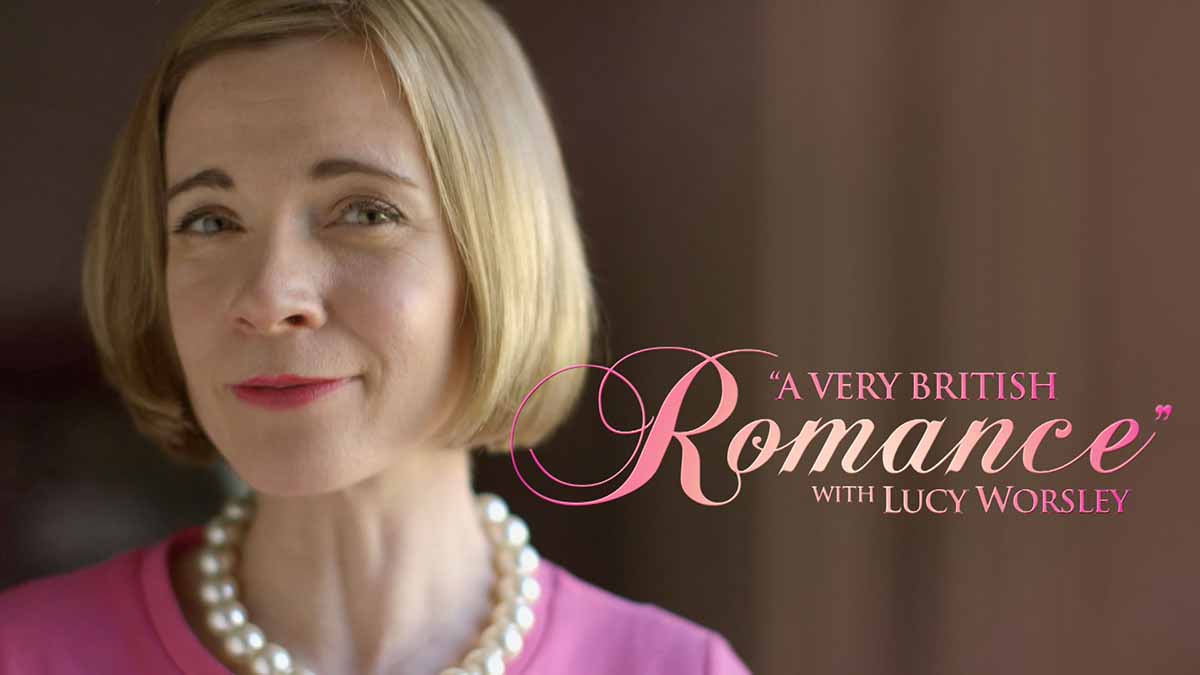






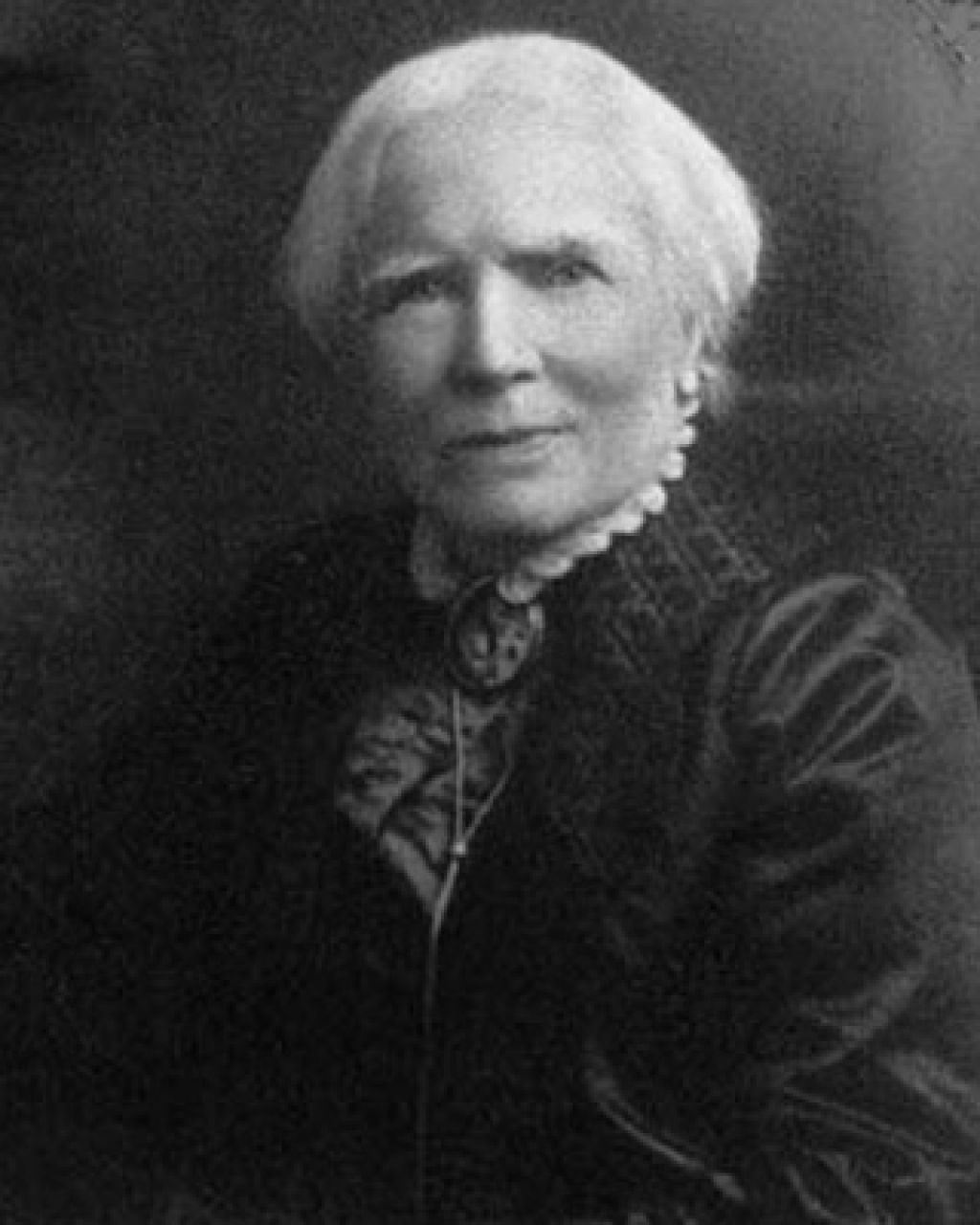

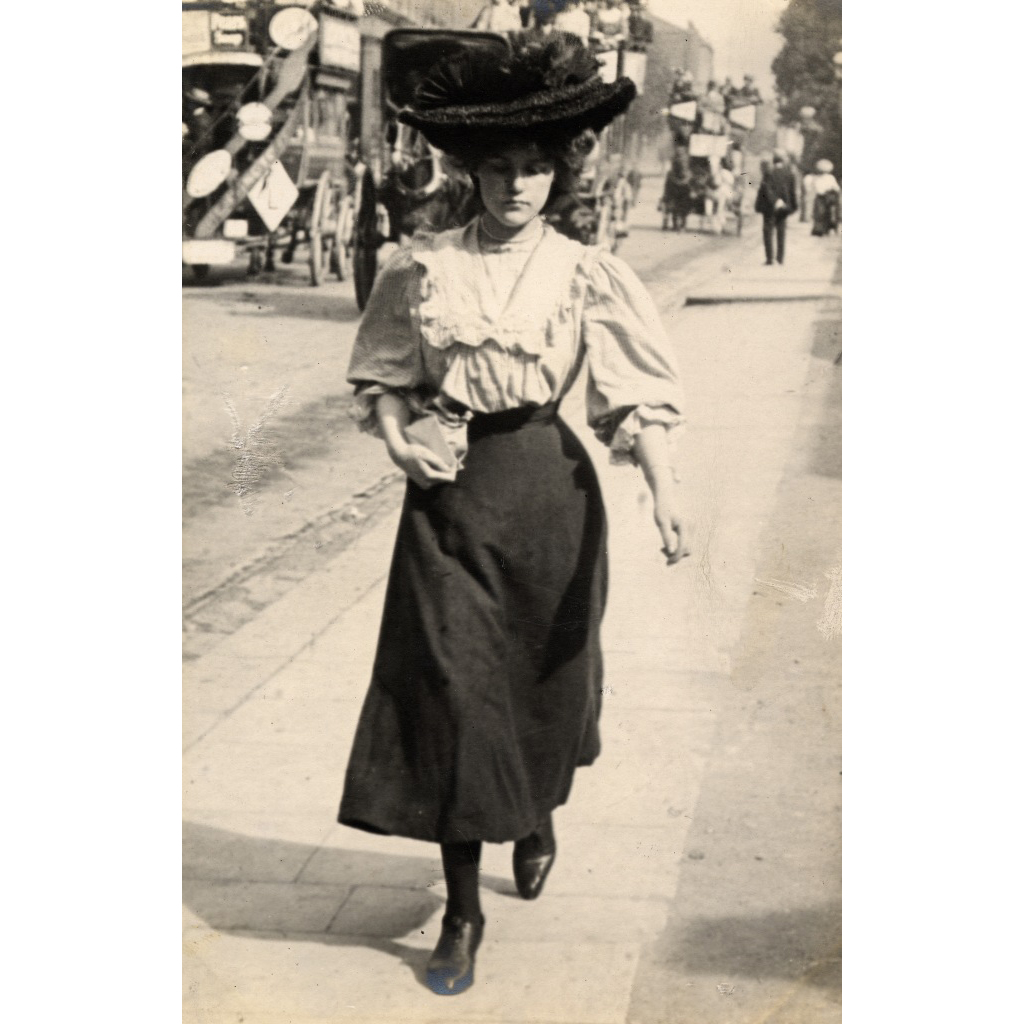
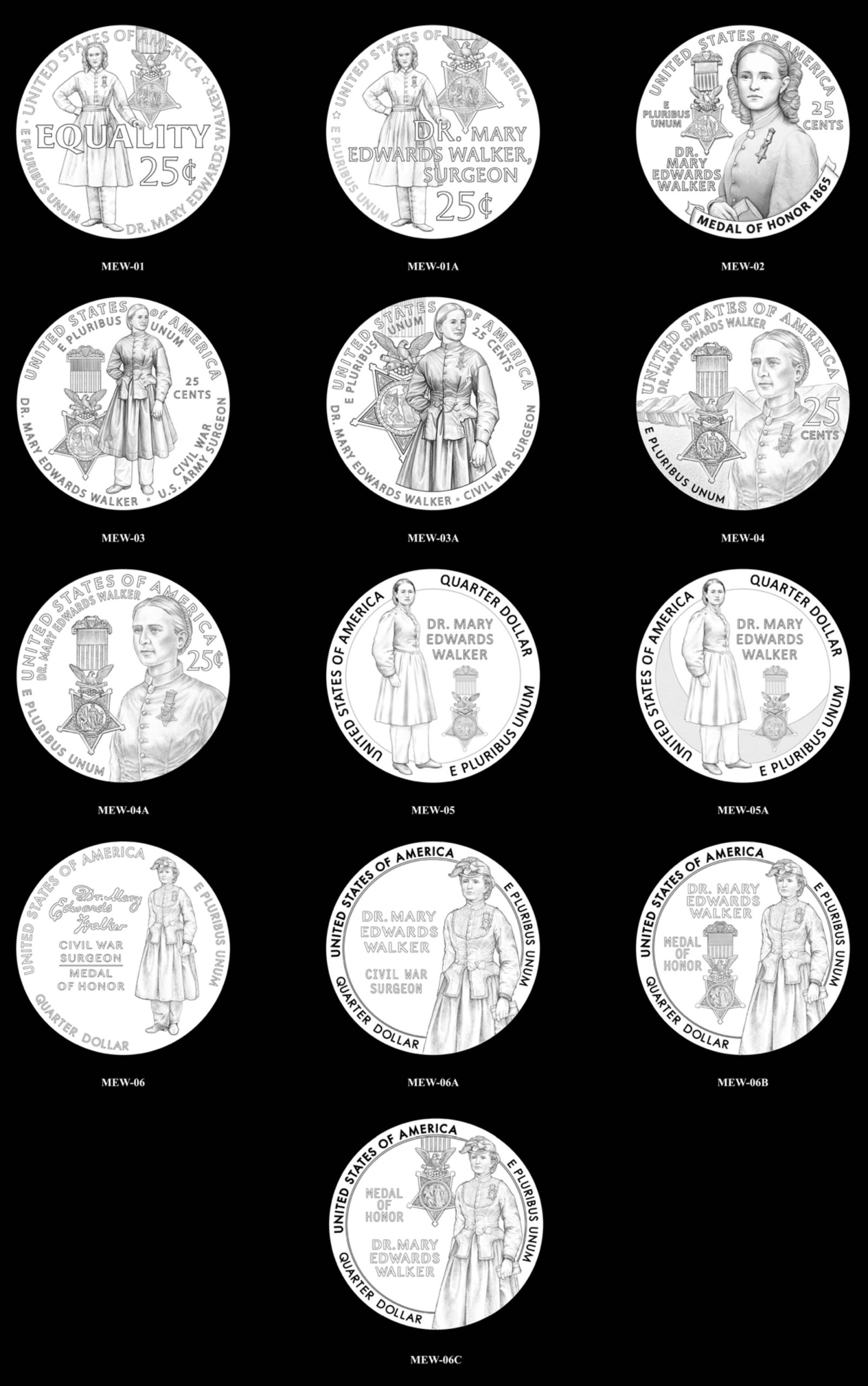
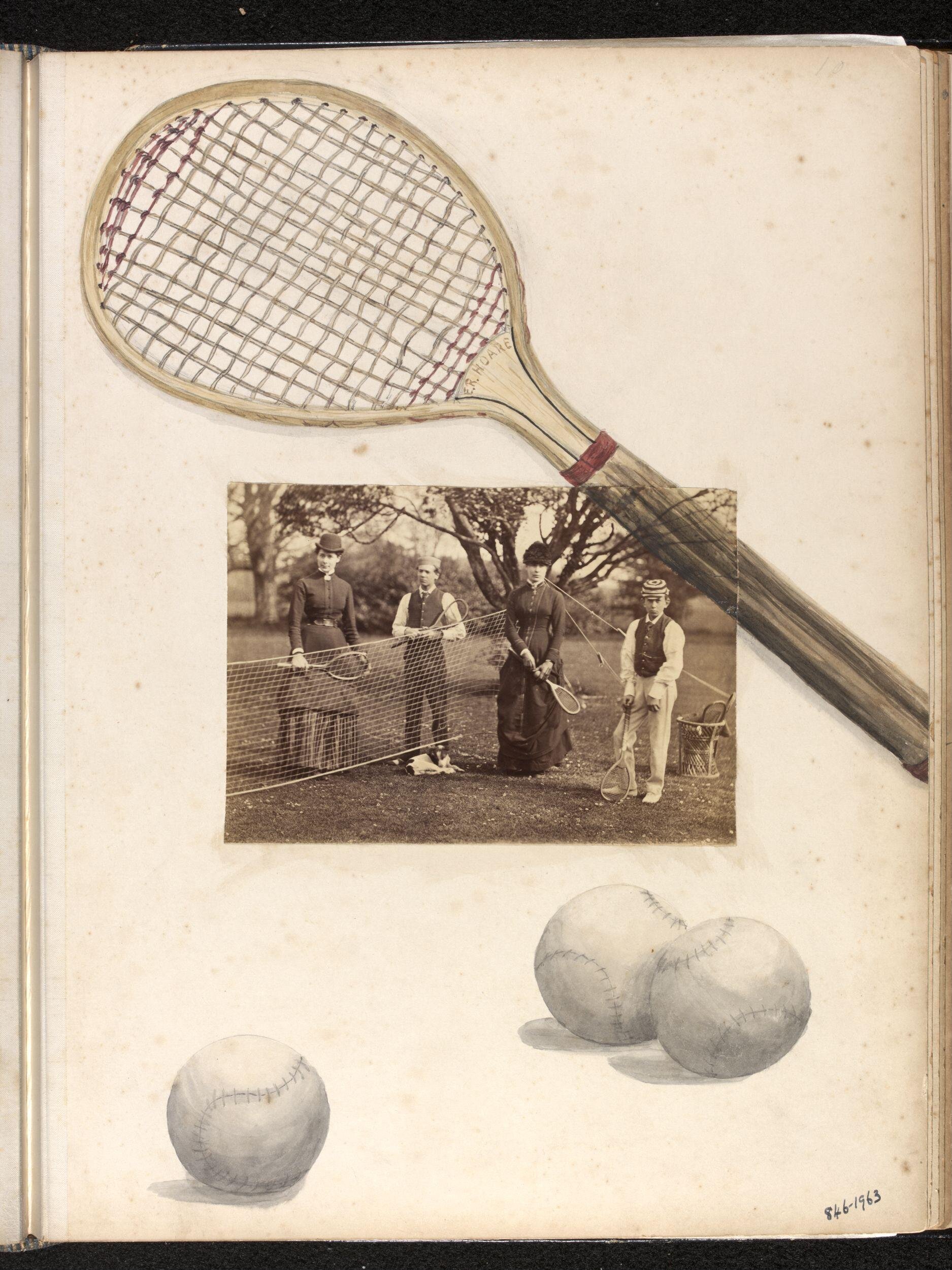
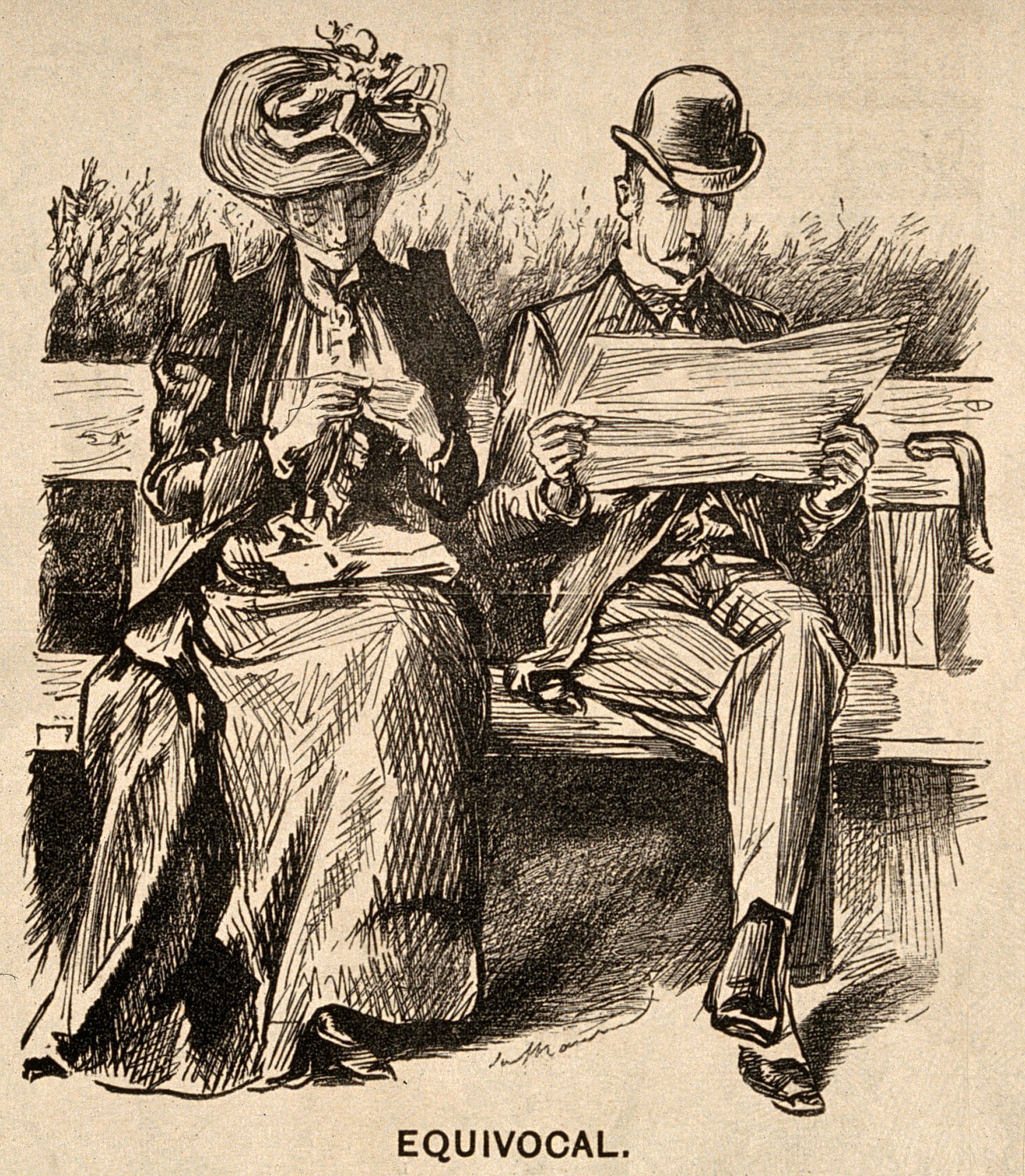
Leave A Comment